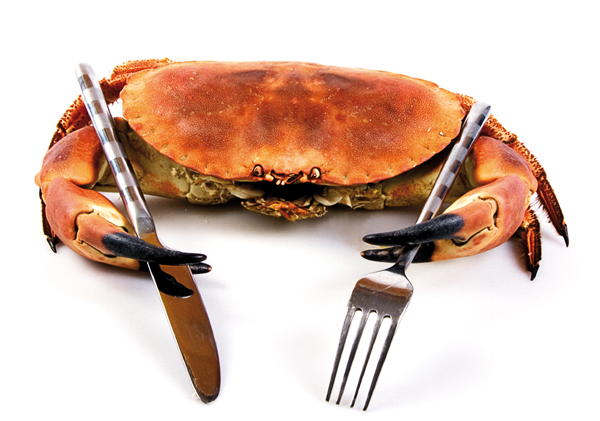Buying high-quality fresh, local fish is not only good for the environment, it’s also good for your taste buds. After all, the quicker the fish goes from catch to plate, the better the flavor will be.
Buy Your Fish from a Local Fishmonger
Grocery stores can certainly be convenient, but in many cases, a fishmonger that specializes in only fish will have fresher fish of a higher quality. Generally, fishmongers look for what’s fresh and of the best quality to pass on to their customers. If you can find a local fishmonger in your area, build a relationship with them by visiting frequently and asking what the freshest catch it.
Know Your Grocery Store’s Delivery Schedule
If you don’t have a local fishmonger in your area where you can buy the freshest fish, look for a high-quality grocery store that purchases and sells top quality fresh fish and meat. In many cases, these types of grocery stores will be stores that specialize in gourmet or health food. Once you find a grocery store in your area that stocks fresh fish on a regular basis, ask the butcher or fishmonger on staff when the companies they buy from make deliveries. Many grocery stores only get deliveries every other day or two to three times per week, so going the same day that a delivery arrives will ensure that you get the freshest fish possible from them.
Find a Local Fish Market
Not every city is going to have a large, local fish market, but if you’re lucky enough to live in a place that’s near the ocean or known for seafood, it’s likely that you’ll be able to find a wholesale market close to you that also sells the public. Buying from a fish market means you’ll be buying local fish caught the same day in most cases, often for considerably less money than what you would pay in a grocery store.
Buying Fresh Shellfish
If you’re buying shellfish, look for a market in your area that sells live shellfish like crabs, oysters, clams, crabs and crayfish. When checking to see if shellfish is fresh, pay attention to the how the shellfish moves. Generally, fresh shellfish will move a bit more quickly than older shellfish, which are often sluggish in the tank. Shells should be a bright, rich color and shouldn’t have any dark discolored spots. For clams and oysters, the bottom shells should be deeply cupped and should close or come close to closing when touched. Clams and oysters that don’t close aren’t particularly fresh and should be avoided.
Smell
Fresh seafood shouldn’t have an extremely strong smell which may people describe as “fishy”. Instead, fresh seafood should only have a very mild odor, reminiscent of seaweed. Certain types of fish like marlin, tuna, shark, swordfish, eel and king salmon may have a slightly stronger odor than mild varieties like cod, haddock, halibut, monkfish and tilapia.
David is the manager of Flying Fish Restaurant in Sydney, Australia. Flying Fish prides itself on always serving the best and freshest seafood available. David has been sourcing seafood for Flying Fish for over 5 years and knows the best tips to finding the best seafood available. For more information visit: www.flyingfish.com.au

